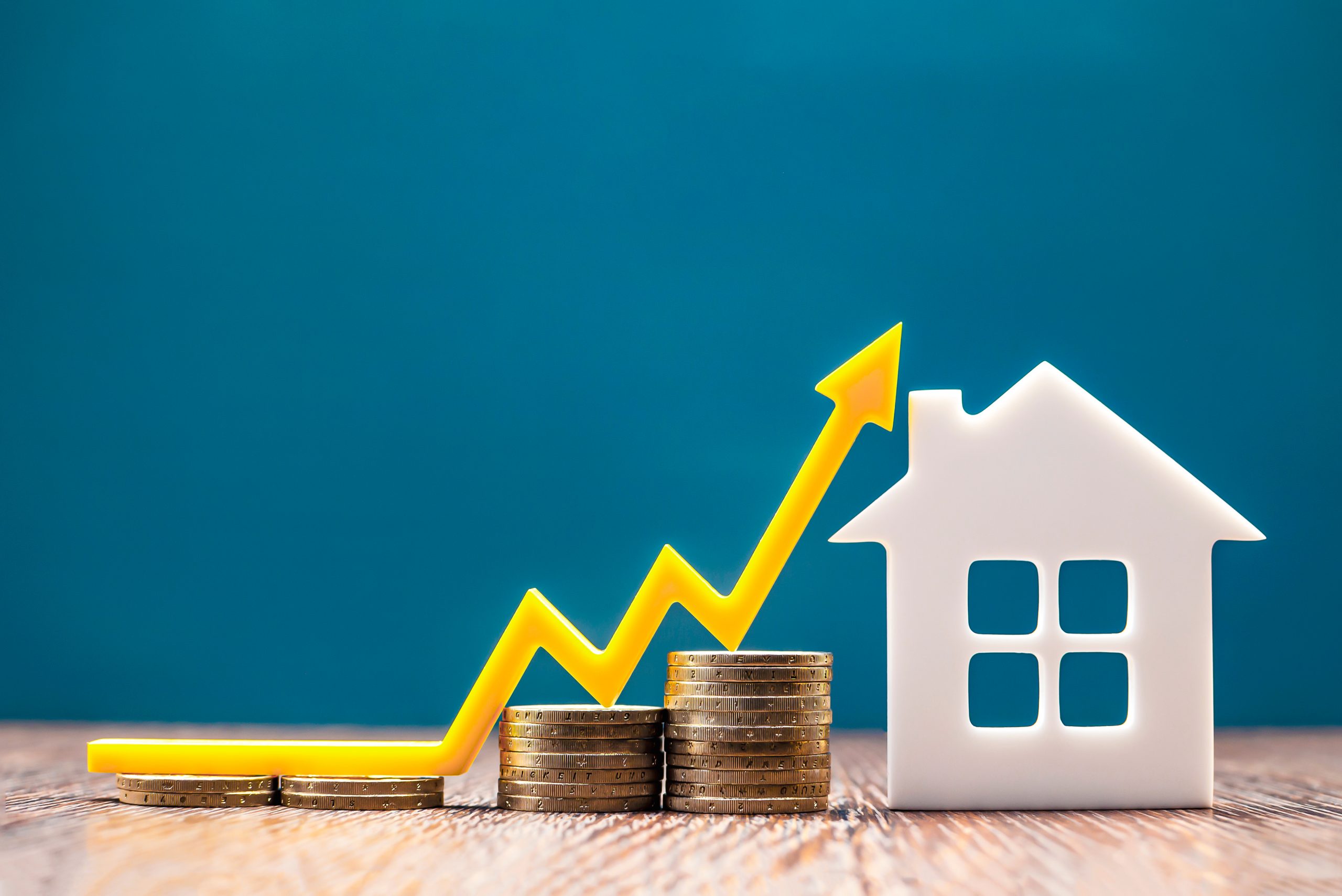First-time Buyer
Annual house price growth at 14% – the highest since 2004

Guest Author:
Anna SagarAnnual house price growth rose to 14.3% in March with average prices hitting £265,000 – the strongest pace of increase since 2004.
The average house price now stands at £265,312, which is an increase of around £33,000 over the past year, according to Nationwide’s monthly house price index
It is also the first time this year that annual house price growth has gone above 14% and the fifth month in a row of double digit year-on-year house price growth. In February, annual house price growth came to 12.6%.
House prices increased 1.1% month-on-month, and was the eighth consecutive monthly increase.
The report added that house prices were 21% higher than pre-pandemic levels.
House price growth was strongest in Wales and at 15.3% per cent, which is in-line with the 15.8% in the same period last year.

Wellness and wellbeing holidays: Travel insurance is essential for your peace of mind
Out of the pandemic lockdowns, there’s a greater emphasis on wellbeing and wellness, with
Sponsored by Post Office
This was followed by Scotland with 12% growth and England which reported 11.6% growth.
Within England, Yorkshire and Humberside prices were up 13.5%, which is the strongest rate of growth since 2005. London was the weakest, at 7.4% growth.
Detached property prices have gone up by 22.6%, around £68,000 – and flats rose by 14.1%, equivalent to £24,000. The report said this reflected changing housing preferences due to the pandemic.
Robert Gardner, Nationwide’s chief economist, said the housing market had “retained a surprising amount of momentum” despite increased pressure on household budgets and a steady rise in borrowing costs.
He added that the number of mortgages approved for house purchase in February came to 71,000, which was 10% above pre-pandemic levels. He attributed this to robust demand and limited housing stock.
Gardner continued that the buoyant housing market could be explained by the strong labour market conditions, pointing to the low unemployment rate and wage growth.
Further, significant savings during lockdown could have helped homebuyers accrue a deposit. He estimated that households had saved an extra £190bn in deposits over and above pre-pandemic trends, equivalent to around £6,500 per house.
Gardner said: “Nevertheless, we still think that the housing market is likely to slow in the quarters ahead. The squeeze on household incomes is set to intensify, with inflation expected to rise further, perhaps reaching double digits in the quarters ahead if global energy prices remain high.
“Moreover, assuming that labour market conditions remain strong, the Bank of England is likely to raise interest rates further, which will also exert a drag on the market if this feeds through to mortgage rates.”
Supply and demand dynamics
Mark Harris, chief executive of mortgage broker SPF Private Clients, said that the figures show that property prices are still rising but “supply is still not enough to meet demand”.
He added: “Buyers’ purchasing power is strong as they take advantage of low mortgage rates to afford their next home. Brokers are being kept busy as borrowers increasingly worry about rising mortgage rates and are keen to lock into a fixed rate before they become more expensive.”
Harris added that recent research from the Bank of England showed that a broker could lower average mortgage interest costs by 21%, therefore “sensible borrowers” were taking advice to ensure they were paying the right amount for their mortgage as cost of living and interest rates rise.
Jeremy Leaf, north London estate agent and a former RICS residential chairman, said that he felt the sector was entering more of a “normal market phase” similar to pre-Covid times with “supply and demand increasingly in balance”.
However, he warned that the figures were still showing prices rising based on mortgages granted for sales several months ago so may not reflect what has been happening now.
He explained: “Rising interest rates, inflation and wider concerns about the impact of the terrible events in Ukraine in particular have put a dampener on transactions and prices which continue to be sustained by stock shortages.”
Space is ‘real driver’ of housing market
Tomer Aboody, director of property lender MT Finance, said that space has been the “real driver of demand in the housing market” over the past 12 to 18 months.
He explained: “Buyers have been adapting to the trend of working from home at least some of the time and need designated space to do so.
“With the lack of supply of good-sized homes, prices have surged. There are many more buyers than properties for sale, and those buyers are armed with savings due to the lack of spending during the pandemic. On top of this, lower interest rates mean they can afford bigger mortgages.”
He added that regional trends showed that demand for space was strong, with countryside and coastal regions reporting the strongest growth in demand and prices.